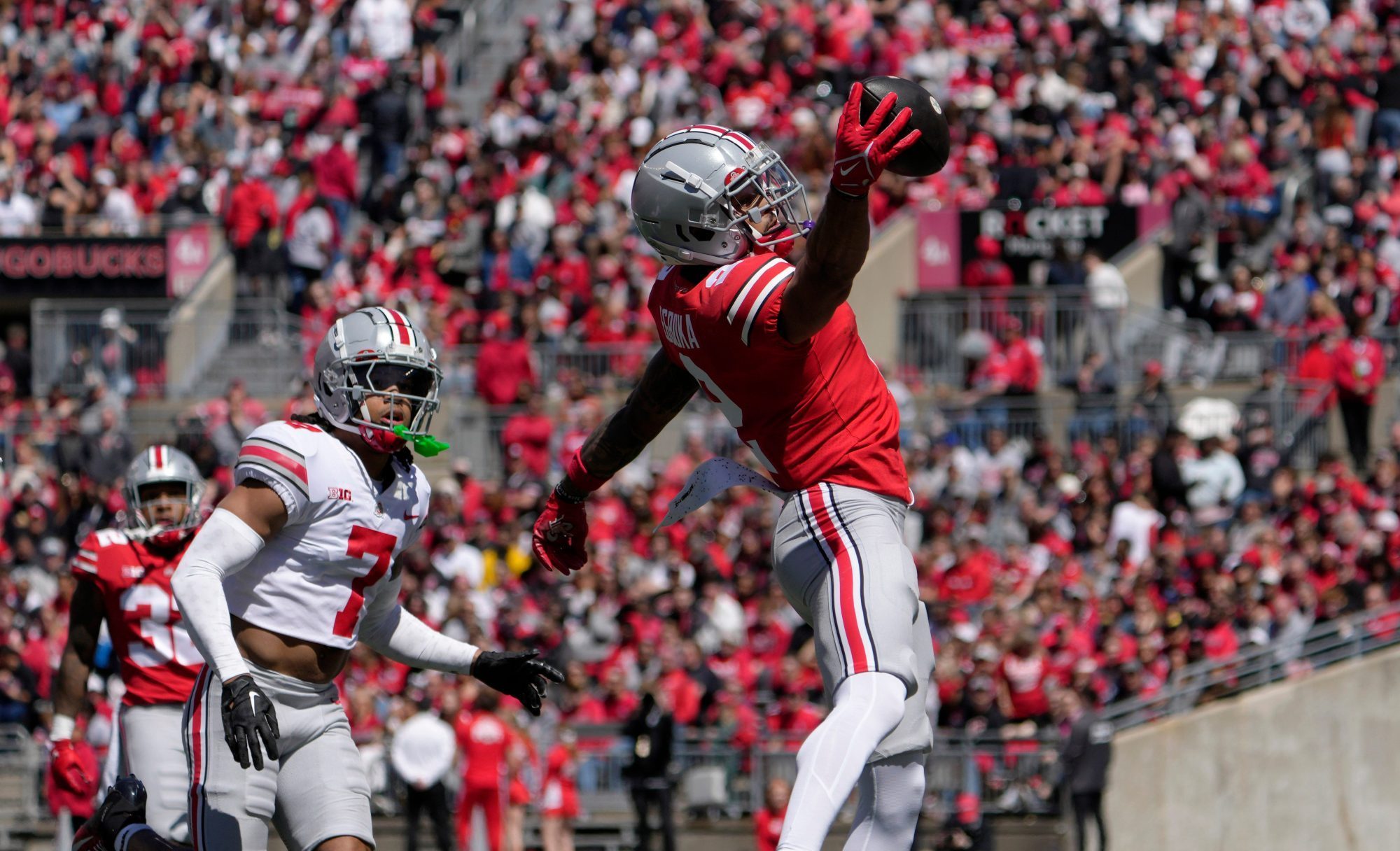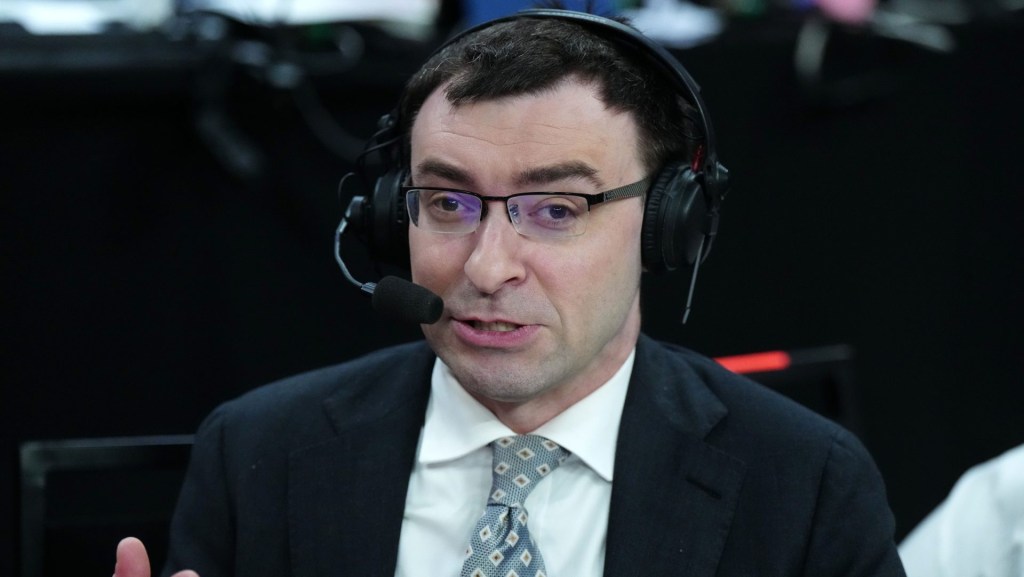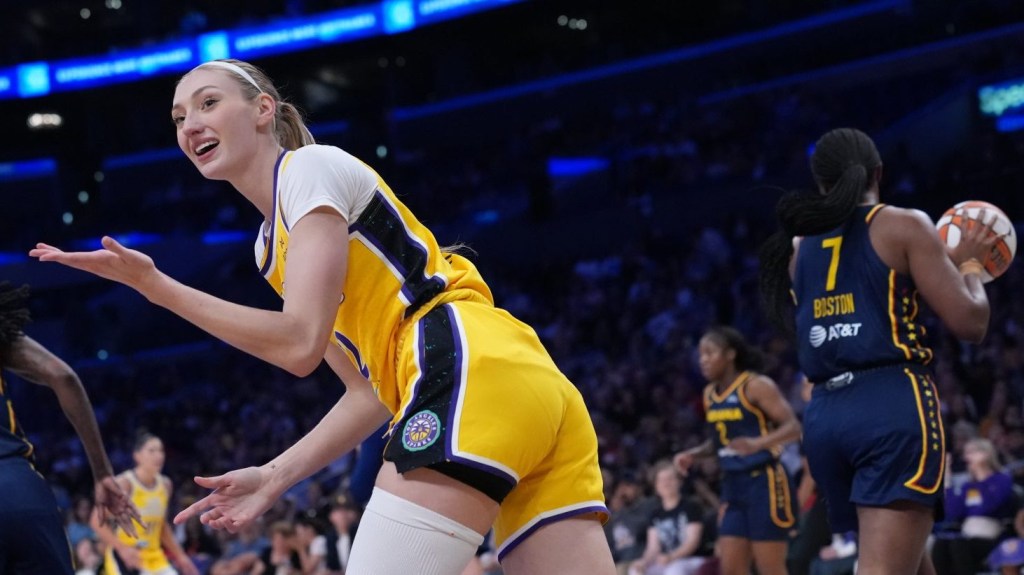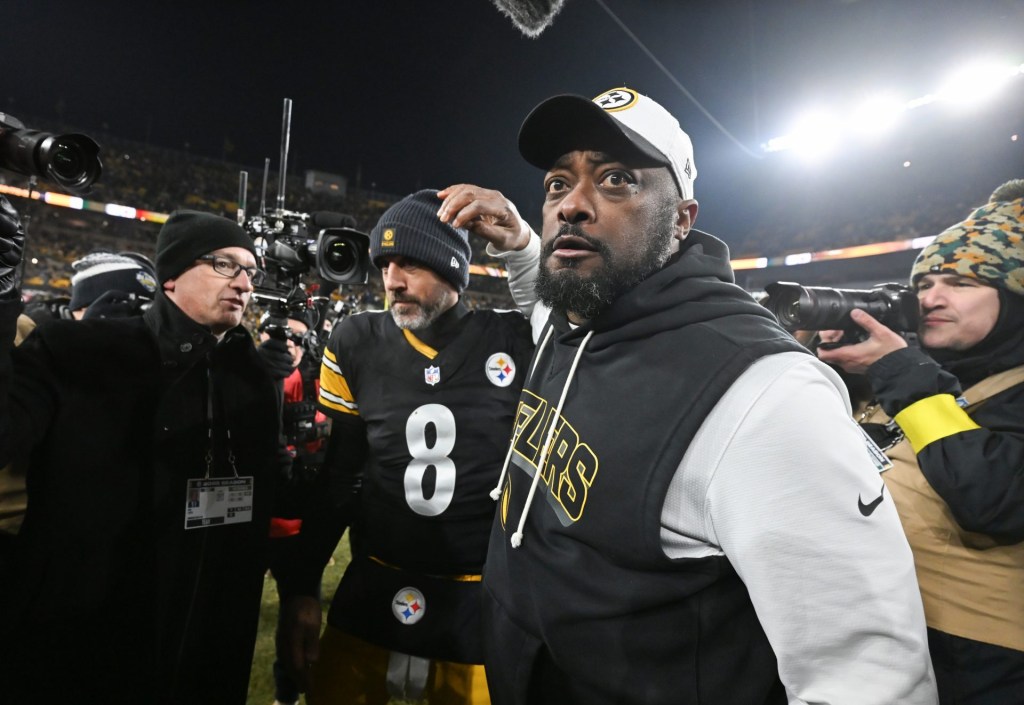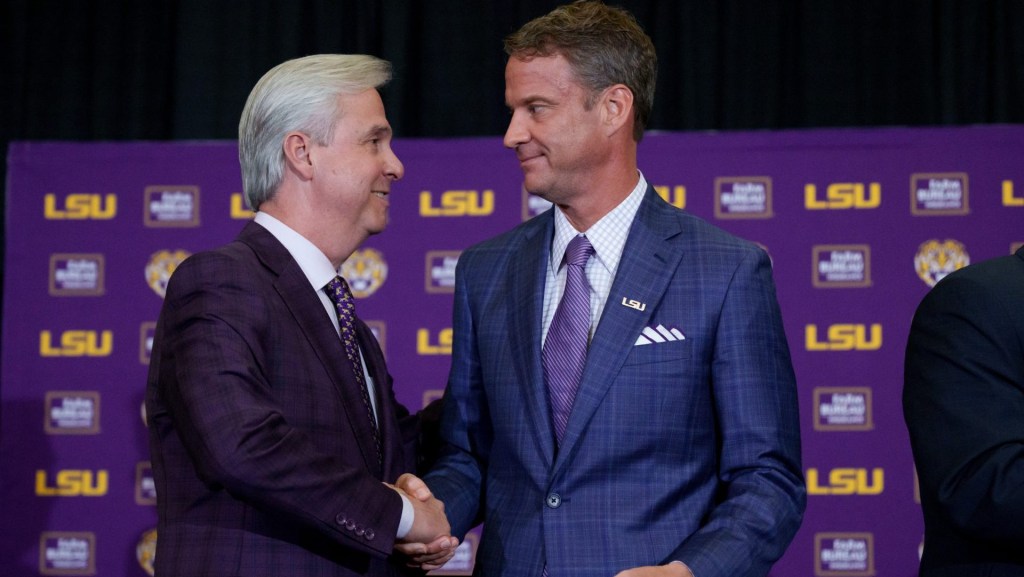Happy birthday, NIL.
College athletes earned the right to monetize their name, image, and likeness on July 1, 2021. Since then, the industry has evolved immensely, from donor-backed collectives instituting a payment system that functions like salaries for football and men’s basketball players, to the historic House v. NCAA settlement paving the way for schools to directly share media-rights revenue with athletes.
The NIL marketplace Opendorse released its annual report Monday assessing the state of the industry, which it projects will be worth $1.67 billion this upcoming academic year. That would be a big jump from 2023–24, when the industry was worth $1.17 billion. In past reports, Opendorse has revealed key financial figures about the heavily veiled industry, the gender disparities in earnings, and the growing dominance of collectives, accounting for the vast majority of the money flowing in NIL.
The same themes are present in the most recent report, which says collectives provide 81.6% of all NIL compensation. Here’s the breakdown of collective dollars by the highest-earning sports:
- Football: 72.2%
- Men’s basketball: 21.2%
- Baseball: 3.6%
- Women’s basketball: 2.3%
- Women’s volleyball: 0.8%
The data shows NIL is still an industry where most of the money flows from collectives to football and men’s basketball players, despite the commercial prowess of female athletes.
Women’s basketball jumped past men’s basketball in earnings from commercial NIL (anything not run through the collective), but that category made up less than one-fifth of the industry, and football still represented 76.6% of those dollars. Women’s volleyball players were some of the most active deal-scorers on the commercial side, with top earners averaging nearly 90 deals per year (compare that to just 22 commercial deals in football), but those same athletes averaged only $5,868 annually from NIL.
Collectives will only grow more powerful in the short term, Opendorse says, estimating the ones at Power 4 schools could reach an average of $13.9 million this school year. After all, the report draws a direct correlation between a powerful collective and success on the field or the court.
But this dynamic could start to change very soon, thanks to the aforementioned House settlement. Opendorse estimates that revenue sharing could raise the industry to a $2.55 billion valuation in the 2025–26 season, the earliest point that kind of model could be implemented. And while the company doesn’t think revenue sharing would kill collectives, their role would greatly diminish.
As an example, the report outlined its projections for the earnings of a top quarterback today, next year, and the following year, should revenue sharing go into effect. Total earnings would more than double to a hefty $1.31 million annually, but the amount of money supplied by collectives would shrink. Collectives would supply $526,000 to a top quarterback now and $657,500 next year, but only $131,500 in 2025–26, with revenue sharing taking up more than three-fourths of that $1.31 million. The rest would come from commercial NIL and scholarship money.
It’s unclear how revenue sharing or scaled-down collectives would affect gender disparities in NIL. NCAA President Charlie Baker himself has argued that direct payments to athletes—through employment, revenue sharing, or other models—could lead to cuts in Olympic and women’s sports. It’s possible a revenue-sharing model could benefit all sports, but the distribution still needs to be figured out, especially given Title IX rules around equal benefits to athletes.
